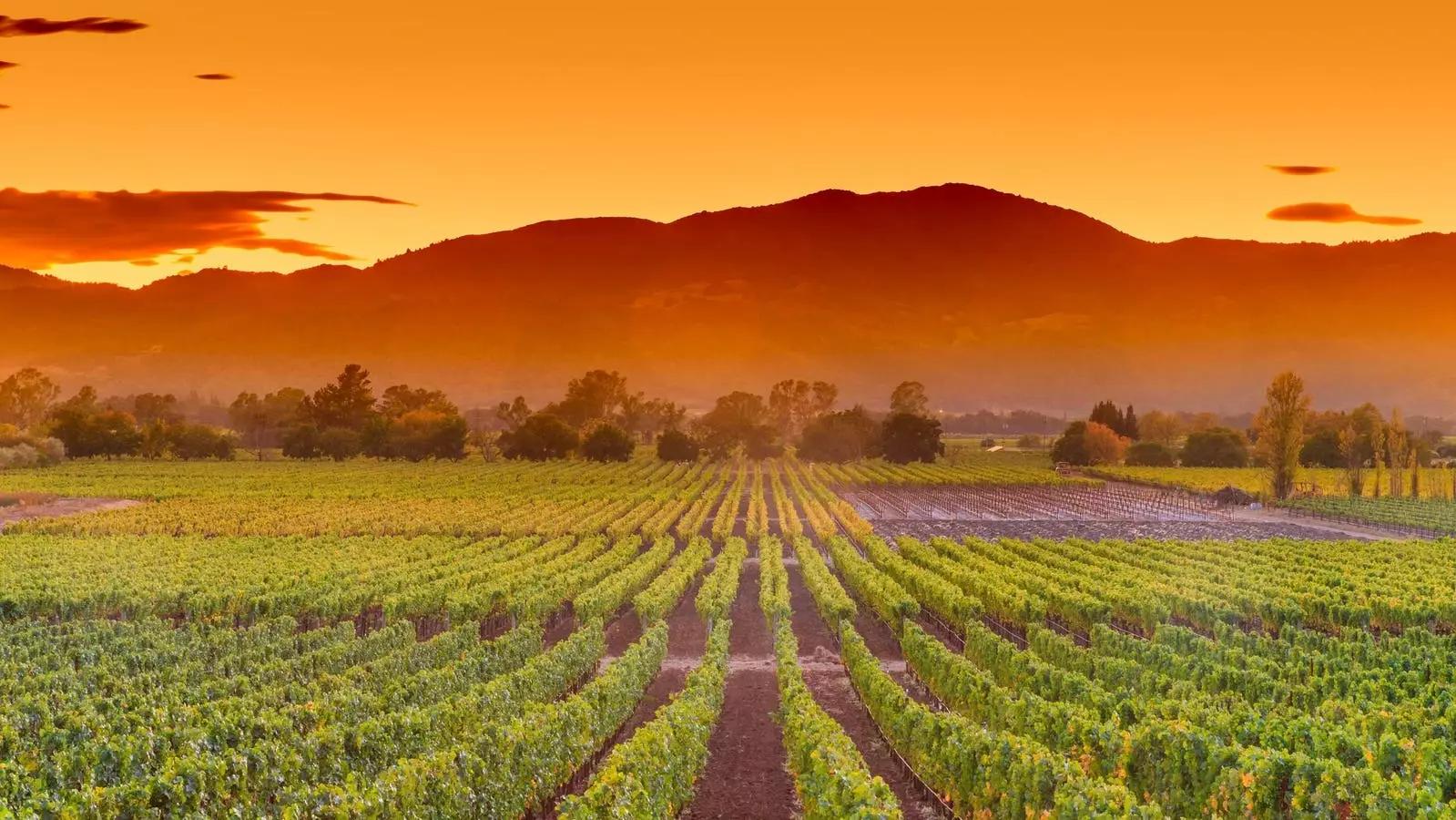Napa Valley, long celebrated for its sprawling vineyards and world-class wines, has traditionally been a destination defined by its dependency on automobiles. For decades, visitors have navigated the picturesque landscape with the assumption that the only way to truly appreciate the region’s offerings was by car. Yet, this mindset is increasingly outdated and counterproductive. Modern Napa is transforming into an accessible, walkable haven where the pleasures of wine tasting are complemented by the joy of exploration on foot. This shift reflects an evolution in the region’s identity—placing emphasis on experience over convenience, community over congestion, and savoring over rushing.
What strikes me most about this transformation is its profound impact on the visitor’s experience—not merely making the trip more enjoyable, but fundamentally altering the way we interact with Napa’s culture. Requiting oneself with the land in a leisurely fashion enhances the appreciation of both the wines and the scenery. Visitors no longer need to rely solely on drivers, doctors, or Uber, freeing themselves to fully indulge without fear of losing control or jeopardizing safety. This new approach invites a more authentic, intimate engagement with Napa’s local charm and natural beauty, turning wine tastings into social, cultural quests rather than hurried checklists.
Redefining the Napa Experience: The Rise of the Car-Free Itinerary
One of the most compelling innovations in Napa’s hospitality landscape is the emergence of guided tours and transportation alternatives that promote a car-free experience. The iconic Napa Valley Wine Train exemplifies this shift brilliantly. Operating since the 1980s, it offers travelers an elegant, seamless way to traverse the valley, cloaked in nostalgia yet perfectly suited for the modern connoisseur. The flagship “Legacy Tour” encapsulates this ethos, melding scenic views with curated tastings, gourmet meals, and a leisurely pace that encourages genuine appreciation of the region’s wines.
This experience does more than eliminate driving—it elevates the entire day into an immersive event. The onboard tastings, strategic visits to storied wineries like Charles Krug—the oldest in Napa—reveal the region’s rich history and craftsmanship. Its 2019 Cabernet Sauvignon, standing as a testament to Napa’s legendary quality, beautifully underscores why wine lovers come here in droves. The convenience of the train removes the anxiety associated with drinking and driving, transforming an otherwise typical tour into a celebration. This model suggests that Napa’s future hinges on accessible, responsible enjoyment, aligning with a broader cultural shift towards health, safety, and environmental consciousness.
In addition, locally curated transportation options such as premium chauffeur services further facilitate an effortless exploration of idyllic towns like Yountville. The allure of bypassing unreliable ride shares, inconsistent ride-hailing, or the hassle of parking transforms into a genuine part of the adventure. It shifts the focus from logistical stress to savoring every moment—whether strolling between tasting rooms or discovering hidden gems off the beaten path.
Discovering Napa’s Authentic Charms Beyond the Tourist Traps
While downtown Napa offers a bustling hub of restaurants and bars, it’s also fraught with commercialized attractions that threaten to dilute the region’s authenticity. Conversely, neighboring towns like Yountville present a more refined, picturesque alternative. With its intimate scale, artisan shops, and welcoming community atmosphere, Yountville feels almost like a curated haven for the discerning traveler seeking authenticity.
In Yountville, the experience is about intimacy and quality. Jessup Cellars exemplifies this perfectly: a stylish yet warm tasting room that balances sophistication with genuine friendliness. Their art-adorned walls and generous pours make each visit feel personal and memorable. The small, thoughtfully curated wineries here—some offering small-lot wines with unique stories—contrast sharply with the mass-market appeal of the larger wineries. They serve as the beating heart of Napa’s character, emphasizing craftsmanship and personality over sheer volume.
Dining is just as deliberate in this charming town. From buttery French classics at Bistro Jeanty to handcrafted chocolates at Kollar Chocolates, every meal elevates the senses. Local spots like North Block make a case for accessible luxury, combining seasonal dishes with atmospheric courtyards. Even casual eats, such as tacos from a humble truck perched near Washington Street, remind visitors that some of Napa’s best experiences come from embracing simplicity and local charm—far from the commercialized veneer.
The hospitality scene extends beyond just tasting rooms. Accommodations like Lavender B&B embody the region’s romantic, small-town spirit—offering cozy, high-end rooms with personal touches, alongside communal wine and cheese hours that blend luxury with warmth. These places underscore that the essence of Napa is about slowing down, connecting, and savoring each moment rather than rushing to the next photo-op or tasting.
Reimagining Napa as a Pedestrian Paradise
What ultimately makes Napa’s current evolution compelling is its redefinition as a pedestrian-friendly destination. This isn’t just about convenience; it’s about elevating the very nature of wine tourism. Walking through charming streets, wandering between tasting rooms, or simply enjoying the scenery on foot fosters a richer, more personal connection to the region. It invites visitors to immerse themselves fully—becoming participants rather than mere spectators.
This shift toward walkability and local immersion challenges the old paradigm of Napa as a place to race through. Instead, it becomes a sanctuary for mindful indulgence, where every sip, stroll, and meal are integrated parts of the story. The proliferation of boutique wineries, tucked-away eateries, and scenic courtyards ensures that exploring by foot isn’t just feasible but preferable. It cultivates a sense of community, quiet discovery, and authentic engagement that is increasingly rare in today’s fast-paced travel landscape.
As Napa transforms into a more accessible, responsible, and experiential destination, it invites visitors to reimagine what a wine country visit can be—a journey rooted not in haste or excess but in appreciation, connection, and joy. The future of Napa isn’t behind the wheel; it’s on foot, on a train, or in a thoughtfully curated chauffeur-driven journey—delighting in the region’s beauty and bounty without compromise or regret.

